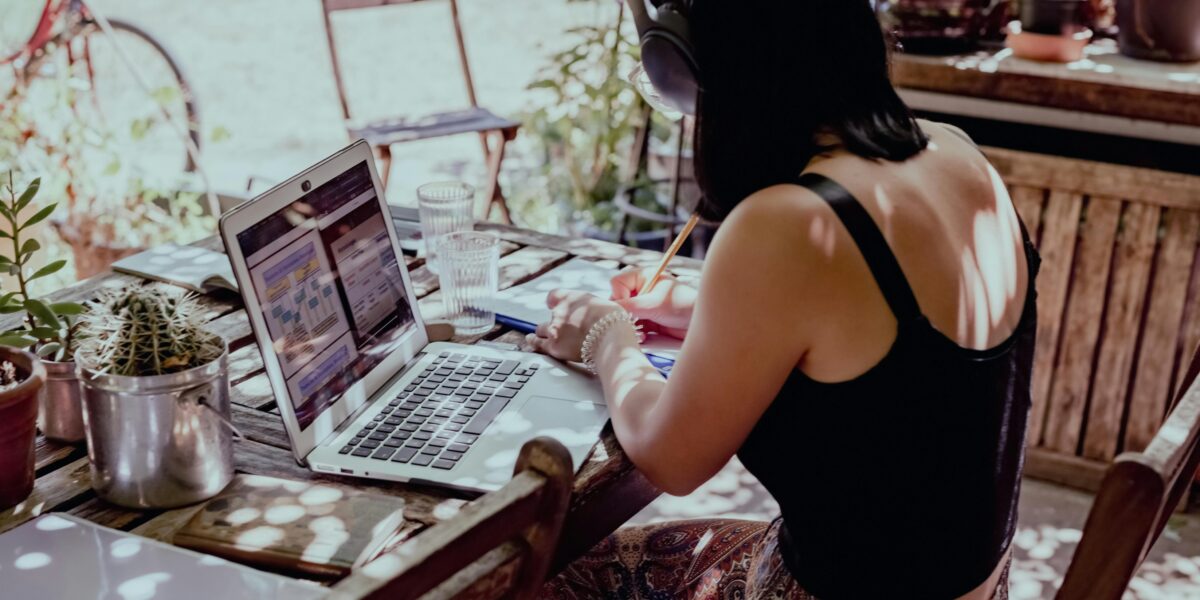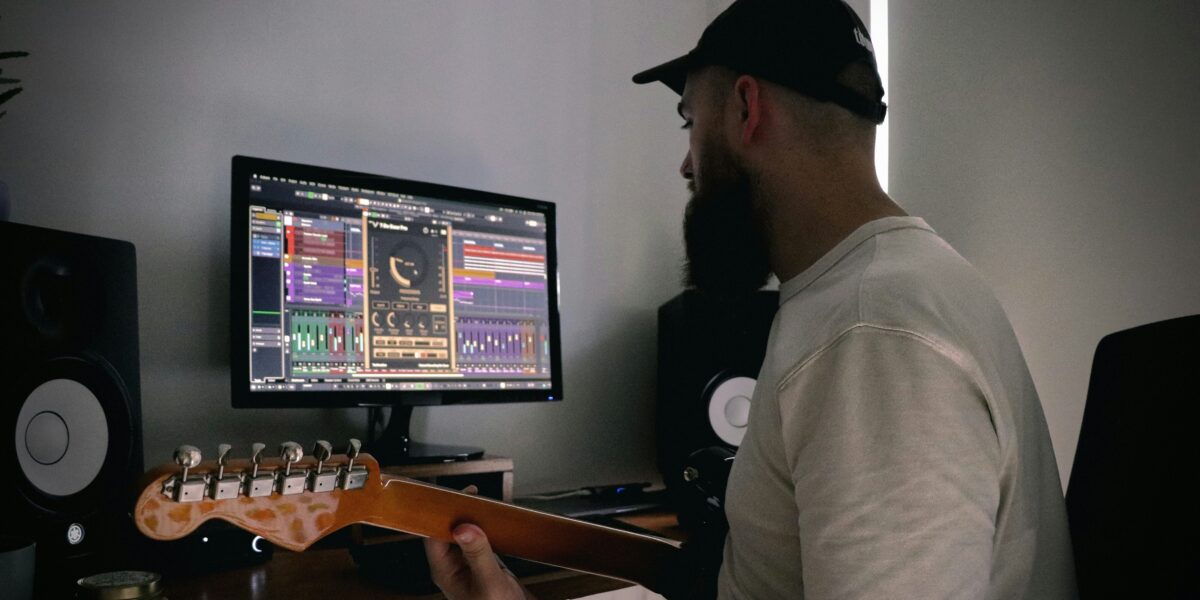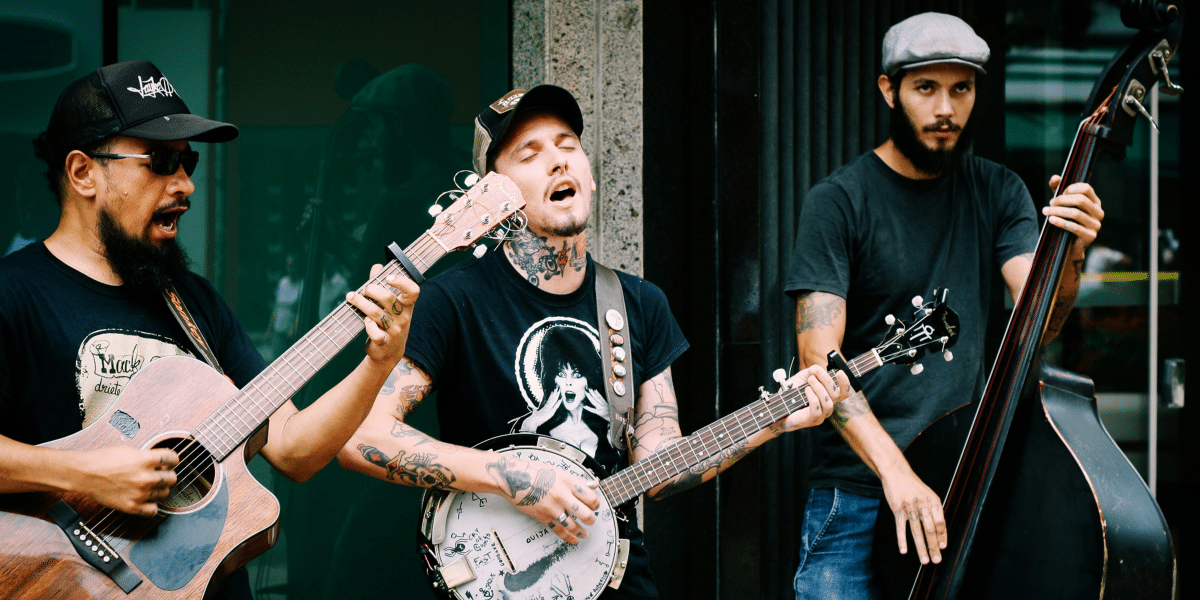Understanding Burnout: How It Affects Working Women
Burnout has become a pressing issue for many working women, as they juggle multiple roles and responsibilities in both their professional and personal lives. It’s not just about feeling tired after a long day—burnout is a state of chronic physical, emotional, and mental exhaustion caused by prolonged stress. Understanding the causes, symptoms, and effects of burnout is crucial for addressing it and maintaining mental health and overall well-being.
What Causes Burnout Among Working Women?
Several factors contribute to burnout among working women, often stemming from the complex interplay between work demands and societal expectations.
One major cause is workplace stress. Many women face intense workloads, tight deadlines, and high expectations in their jobs. These pressures are compounded by the lack of recognition, support, or opportunities for growth, leaving women feeling undervalued and overworked. Workplace environments that lack flexibility or fail to accommodate personal needs can exacerbate this stress.
Another significant factor is work-life imbalance. Women are often expected to excel at their careers while also managing household responsibilities and caregiving roles. This dual burden can lead to feelings of overwhelm and inadequacy, especially when there is little time for self-care or relaxation. Even in households where responsibilities are shared, societal norms can place undue pressure on women to “do it all.”
Societal pressures and gender biases also play a role. Women may feel the need to prove themselves constantly, particularly in male-dominated industries. These added challenges can create a persistent feeling of stress and frustration. The lack of representation in leadership roles or decision-making positions can leave women feeling isolated and unsupported, contributing to burnout.
The Symptoms and Effects of Burnout
Burnout manifests in various ways, affecting both mental and physical health. Women experiencing burnout may notice symptoms such as:
- Persistent fatigue or low energy levels.
- Difficulty concentrating or making decisions.
- Increased irritability or emotional outbursts.
- Feelings of helplessness, cynicism, or detachment from work.
- Physical symptoms such as headaches, insomnia, or stomach issues.
Emotionally, burnout can lead to a sense of inadequacy or failure, even when these feelings are unwarranted. Over time, burnout can lead to more serious consequences, including anxiety, depression, and chronic health problems like high blood pressure or weakened immunity. It can also harm relationships, as irritability and detachment affect interactions with loved ones, and reduce job performance, creating a cycle of stress and dissatisfaction that’s hard to break.
Strategies for Managing Stress and Preventing Burnout
Addressing burnout requires a proactive approach that focuses on reducing stress and promoting mental wellness. Here are some strategies to help working women manage stress and prevent burnout:
1. Set Boundaries Establishing clear boundaries between work and personal life is essential. Avoid checking emails or working outside of office hours, and prioritize time for family, hobbies, and relaxation. Communicating these boundaries to colleagues and supervisors can also help manage expectations. Women often feel pressure to be “always on,” but stepping back from work during personal time is crucial for long-term wellness.
2. Practice Self-Care Regular self-care activities can rejuvenate both the mind and body. This can include exercise, meditation, reading, or even taking a short walk outdoors. Making time for self-care is not selfish—it’s necessary for maintaining energy and focus. Even small practices, like taking five minutes for deep breathing or enjoying a quiet cup of tea, can make a difference in managing daily stress.
3. Seek Support Connecting with others can provide emotional relief and practical advice. Talking to friends, family, or a therapist can help process stress. Workplace support systems, such as mentoring programs or employee assistance initiatives, can also make a difference. Support groups, whether in-person or online, can offer a safe space to share experiences and solutions with other women facing similar challenges.
4. Delegate Responsibilities No one can do everything alone. At work, delegate tasks to team members or colleagues when possible. At home, share responsibilities with partners or family members. Reducing the workload can alleviate feelings of overwhelm. Women should also feel empowered to say no to unnecessary commitments, both professionally and personally.
5. Focus on Prioritization Identify the most important tasks and tackle them first. Letting go of perfectionism and learning to say no to unnecessary commitments can free up time and mental energy. Adopting time management techniques, like time blocking, can also help structure the day effectively and ensure that priorities are addressed.
6. Advocate for Change If workplace policies or cultural norms are contributing to stress, consider advocating for changes. This could include flexible work hours, remote work options, or diversity and inclusion initiatives that address gender biases. Employers benefit when their workforce is healthy and engaged, so raising these issues can lead to positive changes for everyone.
Why It’s Important to Address Burnout
Burnout among working women is not just a personal issue—it’s a societal one. When women experience burnout, their productivity and well-being suffer, affecting their families, workplaces, and communities. By addressing burnout, we create healthier environments where women can thrive.
Organizations also have a role to play in preventing burnout. Policies that promote work-life balance, offer mental health resources, and provide opportunities for career growth can make a significant impact. When women feel supported, they are more likely to succeed and contribute meaningfully to their roles.
Burnout among working women is a widespread issue that demands attention. By understanding its causes and recognizing the symptoms, women can take steps to protect their mental health and well-being. Whether through setting boundaries, practicing self-care, or seeking support, the journey to overcoming burnout begins with small but meaningful changes. Prioritizing wellness isn’t just beneficial for individuals; it fosters healthier workplaces and communities where everyone can thrive.













